Writers who tackle multiple points of view in fiction often compare it to conducting an orchestra. Each character must be tuned, distinct, and heard in harmony—or the story descends into dissonance. Writing from multiple perspectives is not a new idea, but doing it well requires a delicate balance of art, awareness, and discipline.
 It’s a lesson learned through practice. One of the earliest examples of multiple perspectives comes from William Faulkner’s The Sound and the Fury. The novel opens with the voice of Benjy, a man with an intellectual disability, and immediately disorients the reader with its unfiltered flow of sensations and memories. Faulkner demanded the reader do the work—and in return, he offered something unforgettable: a story that could not have been told any other way.
It’s a lesson learned through practice. One of the earliest examples of multiple perspectives comes from William Faulkner’s The Sound and the Fury. The novel opens with the voice of Benjy, a man with an intellectual disability, and immediately disorients the reader with its unfiltered flow of sensations and memories. Faulkner demanded the reader do the work—and in return, he offered something unforgettable: a story that could not have been told any other way.
Modern authors, from Gillian Flynn in Gone Girl to Celeste Ng in Little Fires Everywhere, continue the tradition, alternating viewpoints to reveal emotional truths, expose character motives, and deepen suspense. But how do they manage it?
It starts with understanding voice—not just dialogue or word choice but rhythm, syntax, and thought patterns. If every chapter sounds like the same person wearing different hats, the illusion collapses, and readers stop suspending disbelief. That’s where writers must do the hard, quiet work of listening.
In workshops, a simple exercise often proves enlightening: Write the same scene from three characters’ perspectives. Then, read them aloud. Does each voice feel different? If you removed names, would you still know who was speaking? Often, the answer is no. The temptation is to rely on plot or labels to define the perspective, but readers crave something deeper.
To get there, many authors recommend developing a character’s worldview before putting them on the page. This includes not only backstory, but how they filter their experiences. A 50-year-old veteran walking through a war memorial will not describe it the same way a teenage activist will. Even their silence will say something different.
Smooth transitions between perspectives are also essential. One effective strategy is anchoring the time, place, or emotion shift. In Jennifer Egan’s A Visit from the Goon Squad, each chapter feels like a new short story, yet all build toward a shared emotional arc. The book doesn’t jump without warning. It flows because the transitions serve the theme, not just the plot.
Of course, pitfalls abound. Head-hopping—jumping between characters’ thoughts in a single paragraph—is a common rookie mistake. It disorients the reader and flattens the emotional landscape. Omniscient narration can avoid this, but it’s easy to misuse. Virginia Woolf handled it gracefully in Mrs. Dalloway, drifting seamlessly between minds, but even she obeyed internal logic: one thought led naturally to the next.
Another challenge is maintaining narrative momentum. When perspectives multiply, pacing can suffer. That’s where scene selection matters most. Not every character needs equal screen time, and not every moment needs retelling. The writer becomes a curator, choosing when to zoom in, when to pull back, and when to move on.
Perhaps most important, though, is why a story needs multiple voices in the first place. Too often, the decision is stylistic rather than structural. A story may feel more intimate in first person, more expansive in third, more dynamic with multiple narrators. However, the technique becomes noise unless the different perspectives serve a purpose—unless they reveal contradictions, conflicts, or connections.
That’s why the best multi-POV novels often deal with ambiguity. Think of As I Lay Dying, where each character’s version of the truth is filtered through their pain. Or The Poisonwood Bible by Barbara Kingsolver, where the same events are seen through four daughters and their mother, each with different levels of awareness. These aren’t just multiple viewpoints—they are competing realities.
Writers and marketers share a similar task: understanding and speaking from different perspectives. Whether it’s a fictional family fractured by trauma or a real-world audience segmented by demographics, the job is the same. Listen first. Then, speak clearly. And always, always tell the truth—emotionally, if not literally.
Crafting a novel with multiple perspectives isn’t easy. But in a divided world, it may be one of the most empathetic things a writer can do. After all, stories don’t just entertain. At their best, they teach us how to listen.
Want to Grow as a Writer? Join Author Masterminds
If you’re looking for a community of dedicated writers who understand the challenges of the craft, consider joining Author Masterminds. Here, authors support each other, share marketing strategies, and gain insights beyond just writing—helping you build a career, not just a book. You don’t have to navigate criticism alone. Author Masterminds is a group of like-minded writers who will challenge, encourage, and help you grow. Learn more about how to become a part of it here: https://bit.ly/4k6lvg1.
Author Masterminds—Where Purpose, Power,
Passion, and Partnership Produce Possibilities.



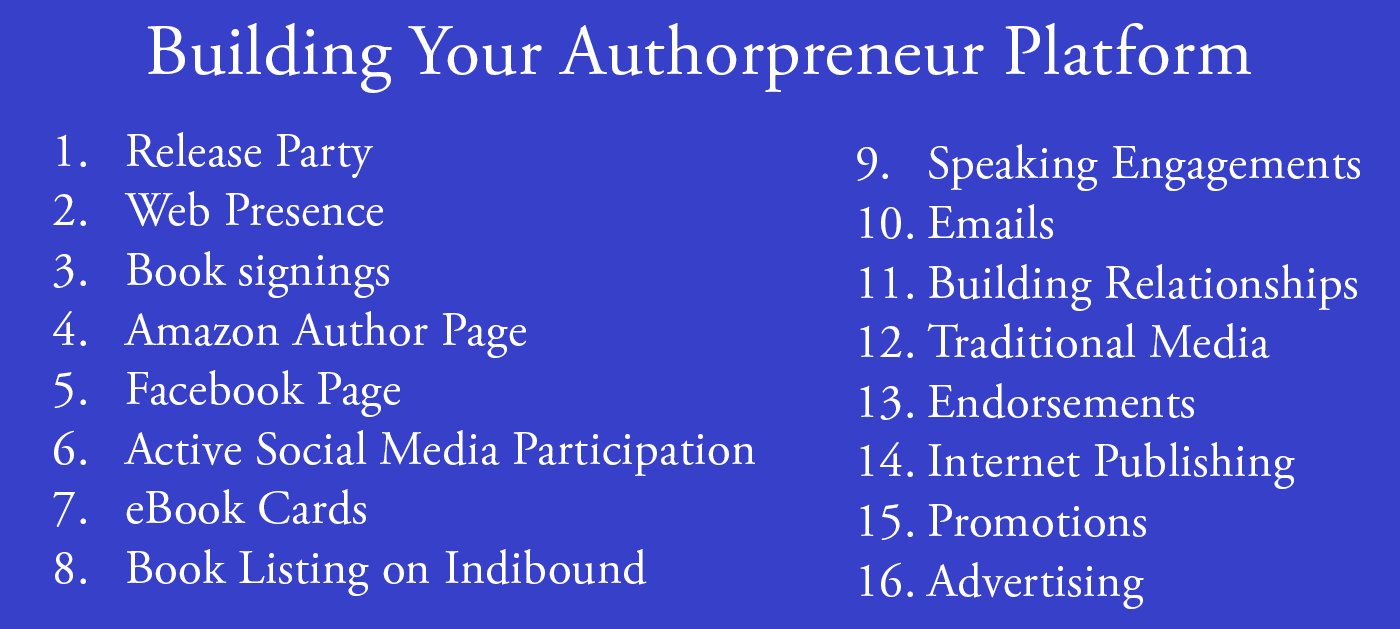
 This is Publication Consultants’ motivation for constantly striving to assist authors sell and market their books. Author Campaign Method (ACM) of sales and marketing is Publication Consultants’ plan to accomplish this so that our authors’ books have a reasonable opportunity for success. We know the difference between motion and direction. ACM is direction! ACM is the process for authorpreneurs who are serious about bringing their books to market. ACM is a boon for them.
This is Publication Consultants’ motivation for constantly striving to assist authors sell and market their books. Author Campaign Method (ACM) of sales and marketing is Publication Consultants’ plan to accomplish this so that our authors’ books have a reasonable opportunity for success. We know the difference between motion and direction. ACM is direction! ACM is the process for authorpreneurs who are serious about bringing their books to market. ACM is a boon for them. Release Party
Release Party Web Presence
Web Presence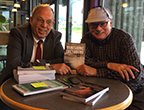 Book Signings
Book Signings Facebook Profile and Facebook Page
Facebook Profile and Facebook Page Active Social Media Participation
Active Social Media Participation Ebook Cards
Ebook Cards The Great Alaska Book Fair: October 8, 2016
The Great Alaska Book Fair: October 8, 2016


 Costco Book Signings
Costco Book Signings eBook Cards
eBook Cards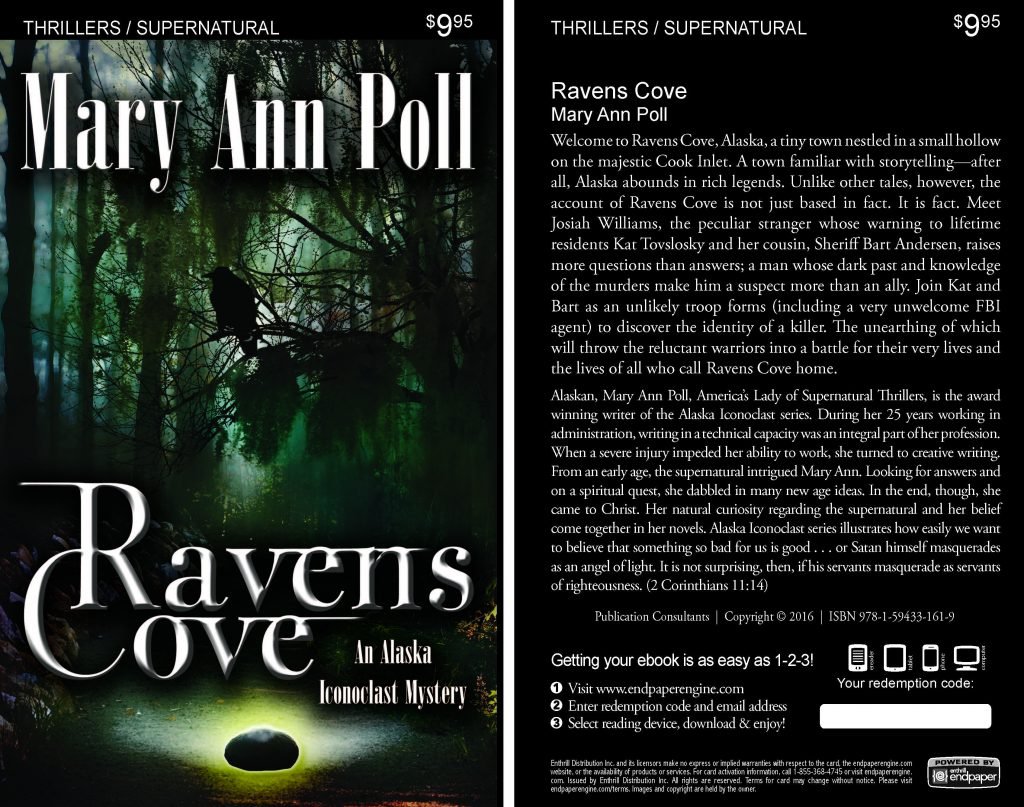

 Benjamin Franklin Award
Benjamin Franklin Award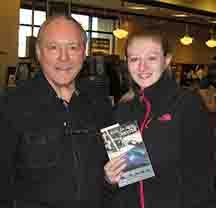 Jim Misko Book Signing at Barnes and Noble
Jim Misko Book Signing at Barnes and Noble
 Cortex is for serious authors and will probably not be of interest to hobbyists. We recorded our Cortex training and information meeting. If you’re a serious author, and did not attend the meeting, and would like to review the training information, kindly let us know. Authors are required to have a Facebook author page to use Cortex.
Cortex is for serious authors and will probably not be of interest to hobbyists. We recorded our Cortex training and information meeting. If you’re a serious author, and did not attend the meeting, and would like to review the training information, kindly let us know. Authors are required to have a Facebook author page to use Cortex. Correction:
Correction: This is Publication Consultants’ motivation for constantly striving to assist authors sell and market their books. ACM is Publication Consultants’ plan to accomplish this so that our authors’ books have a reasonable opportunity for success. We know the difference between motion and direction. ACM is direction! ACM is the process for authors who are serious about bringing their books to market. ACM is a boon for serious authors, but a burden for hobbyist. We don’t recommend ACM for hobbyists.
This is Publication Consultants’ motivation for constantly striving to assist authors sell and market their books. ACM is Publication Consultants’ plan to accomplish this so that our authors’ books have a reasonable opportunity for success. We know the difference between motion and direction. ACM is direction! ACM is the process for authors who are serious about bringing their books to market. ACM is a boon for serious authors, but a burden for hobbyist. We don’t recommend ACM for hobbyists.

 We’re the only publisher we know of that provides authors with book signing opportunities. Book signing are appropriate for hobbyist and essential for serious authors. To schedule a book signing kindly go to our website, <
We’re the only publisher we know of that provides authors with book signing opportunities. Book signing are appropriate for hobbyist and essential for serious authors. To schedule a book signing kindly go to our website, < We hear authors complain about all the personal stuff on Facebook. Most of these complaints are because the author doesn’t understand the difference difference between a Facebook profile and a Facebook page. Simply put, a profile is for personal things for friends and family; a page is for business. If your book is just a hobby, then it’s fine to have only a Facebook profile and make your posts for friends and family; however, if you’re serious about your writing, and it’s a business with you, or you want it to be business, then you need a Facebook page as an author. It’s simple to tell if it’s a page or a profile. A profile shows how many friends and a page shows how many likes. Here’s a link <> to a straight forward description on how to set up your author Facebook page.
We hear authors complain about all the personal stuff on Facebook. Most of these complaints are because the author doesn’t understand the difference difference between a Facebook profile and a Facebook page. Simply put, a profile is for personal things for friends and family; a page is for business. If your book is just a hobby, then it’s fine to have only a Facebook profile and make your posts for friends and family; however, if you’re serious about your writing, and it’s a business with you, or you want it to be business, then you need a Facebook page as an author. It’s simple to tell if it’s a page or a profile. A profile shows how many friends and a page shows how many likes. Here’s a link <> to a straight forward description on how to set up your author Facebook page.



 Mosquito Books has a new location in the Anchorage international airport and is available for signings with 21 days notice. Jim Misko had a signing there yesterday. His signing report included these words, “Had the best day ever at the airport . . ..”
Mosquito Books has a new location in the Anchorage international airport and is available for signings with 21 days notice. Jim Misko had a signing there yesterday. His signing report included these words, “Had the best day ever at the airport . . ..”



 The Lyin Kings: The Wannabe World Leaders
The Lyin Kings: The Wannabe World Leaders
 Time and Tide
Time and Tide


 ReadAlaska 2014
ReadAlaska 2014 Readerlink and Book Signings
Readerlink and Book Signings
 2014 Independent Publisher Book Awards Results
2014 Independent Publisher Book Awards Results

 Bonnye Matthews Radio Interview
Bonnye Matthews Radio Interview
 Rick Mystrom Radio Interview
Rick Mystrom Radio Interview When he published those overseas blogs as the book The Innocents Abroad, it would become a hit. But you couldn’t find it in bookstores.
When he published those overseas blogs as the book The Innocents Abroad, it would become a hit. But you couldn’t find it in bookstores.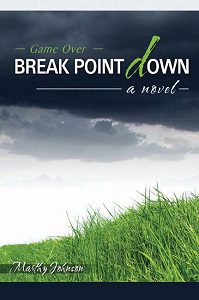 More NetGalley
More NetGalley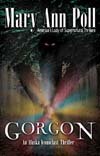 Mary Ann Poll
Mary Ann Poll
 Bumppo
Bumppo
 Computer Spell Checkers
Computer Spell Checkers Seven Things I Learned From a Foreign Email
Seven Things I Learned From a Foreign Email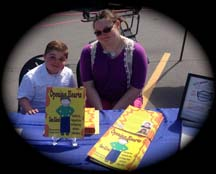 2014 Spirit of Youth Awards
2014 Spirit of Youth Awards Book Signings
Book Signings
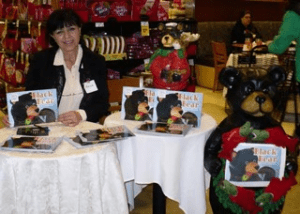

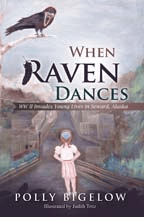 Blog Talk Radio
Blog Talk Radio Publication Consultants Blog
Publication Consultants Blog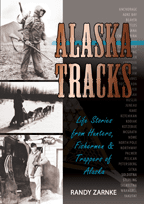 Book Signings
Book Signings

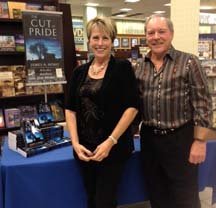

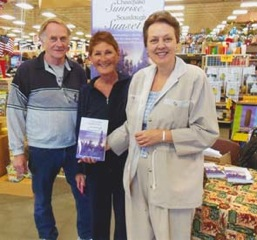 Don and Lanna Langdok
Don and Lanna Langdok Ron Walden
Ron Walden Book Signings Are Fun
Book Signings Are Fun Release Party Video
Release Party Video
 Erin’s book,
Erin’s book,  Heather’s book,
Heather’s book,  New Books
New Books